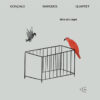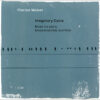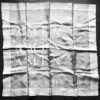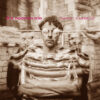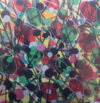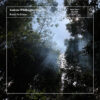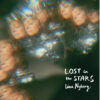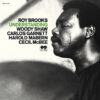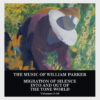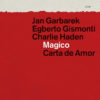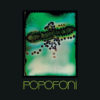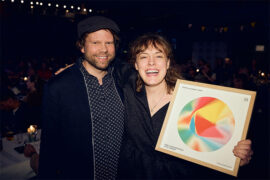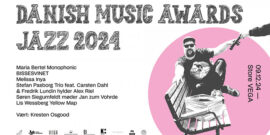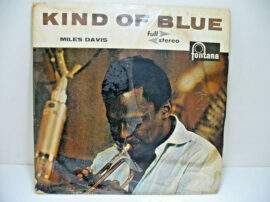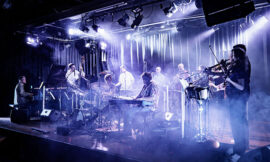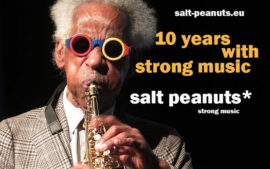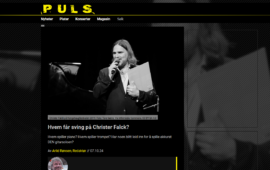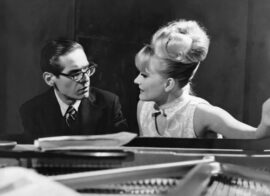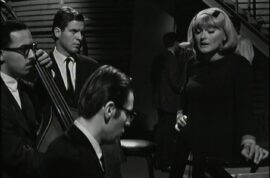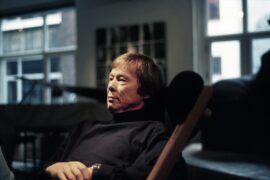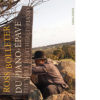
Long before Japanese pianist-composer Ryuichi Sakamoto resurrected a tsunami-flooded piano and made it the key instrument in his acclaimed async album (Milan, 2017), Australian composer Ross Bolletter discovered, collected and explored the singing harmonics of such ruined pianos.
A ruined piano is an instrument abandoned, neglected or devastated to all weathers and has become a «decaying box of unpredictable dongs, clicks and dedoomps, with not a single note sounding like one from an even-tempered upright piano». Bolleter fascination with such pianos can be connected to the John Cage ideas about the music of chance and his preparations of well-tempered pianos, or to what Thelonious Monk concluded: «there are no wrong notes, some are just more right than others».
But Bolleter sees more in these ruined pianos. They are symbols of European musical culture and cultural imperialism, imported in hundreds of thousands to Australia during the 19th century Gold Rush. «They sing the chaos at the heart of the colonial enterprise, an Australian expression of the dark heart howling its cracked anthems». These pianos are also the «left hand of the piano world», radiating a sense of weak, declining, sad, quirky and crumbling. A fitting name for Bolleter’s 73-minutes iconoclastic composition, «Left Hand of the Universe», obviously, played with left hands only.
The bilingual (French & English) chronicles Bolleter’s own personal story, coming from a family that could not afford a piano, his many musical journeys in search of ruined pianos, poems and stories about people who cherished these instruments. He began to play improvise in the early eighties on prepared pianos, discovered his first ruined piano in 1987, joining in 1991 the American scholar Stephen Scott’s WARPS – The World Association for Ruined Piano Studies, and later continued to search for ruined pianos all over Australia and Tasmania.
Bolleter expands on his work to familiarize these musical artifacts with larger audiences. He curated many installations of ruined pianos, the first one was in 2005 called «Ruined Piano Labyrinth», 17 ruined pianos, each piano with its own story, all available to the public to play and explore. Later that year he launched the first ruined piano sanctuary, near Perth. And he kept composing for these ruined pianos, often inspired by the work of other artists, most notably the Papunyan painter Timmy PayungkaTjapangati, whose art inspired his «Secret Sandhills» composition (capture on «Secret Sandhills And Satellites», Emanem, 2006).
Eyal Hareuveni
“Death comes to every piano. And dead, they sing a different kind of song”.

